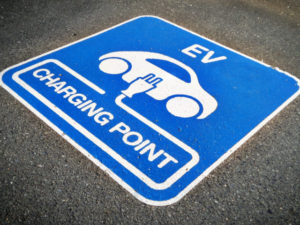EU CO2 targets ‘unrealistic’ without 20-fold increase in charging points
The number of charging points in Europe must increase radically for future CO2 targets on cars and vans to be attainable, according to the European Automobile Manufacturers’ Association (ACEA).

The ACEA report says the number of charging points must increase radically to enable new car and van CO2 targets
Speaking ahead of this week’s European Parliament votes on the new targets, the ACEA has published a study that shows there are some 100,000 charging points for EVs in the European Union – but says at least two million will be needed by 2025, according to European Commission estimates said to be very conservative.
The report also sets out that 76% of all EV charging points are concentrated in just four EU countries, which together cover only 27% of the EU’s total surface area; 28% are located in the Netherlands (32,875), with another 22% in Germany (25,241), 14% in France (16,311) and 12% in the UK (14,256).
In contrast, Romania – roughly six times bigger than the Netherlands – has 114 charging points, or 0.1% of the EU total.
As well as issues with infrastructure availability, the report points to issues with funding, saying only one in three EU member states provide incentives for EV recharging infrastructure. It also highlights affordability as a stumbling block, saying the market share of EVs is practically 0% in countries with a GDP per capita below €18,000.
“Two things are very clear,” said ACEA secretary general, Erik Jonnaert. “Future CO2 reductions depend on greater sales of electric vehicles, and greater sales of electric vehicles depend on a dense network of charging infrastructure. The CO2 legislation must therefore make the link between these two elements.”
In response, the ACEA is calling for legislation that includes a mid-term ‘reality check’ to assess the availability of infrastructure and the maturity of the EV market, allowing the targets to be adapted accordingly.

